EBUS614: Project and Portfolio Management: Auditing and Closure
VerifiedAdded on 2020/11/30
|39
|2041
|79
Report
AI Summary
This report analyzes project auditing and closure, covering essential aspects of project management within organizations. It examines project auditing's role in evaluating progress, performance, and identifying areas for improvement throughout the project lifecycle. The report details different levels of audits, timing, and the auditor's responsibilities. It also explores project closure methods, including extinction, addition, integration, and starvation, along with the reasons for closure and the decision-making process. Furthermore, the report discusses the implementation of closure, including tasks conducted by closure managers, and the importance of final reports and capturing lessons learned. Finally, it considers how to address the needs of the project team during the closure phase, emphasizing the significance of recognition and celebration of success. The report provides a comprehensive understanding of project auditing and closure, essential for effective project management and organizational success.
1 out of 39
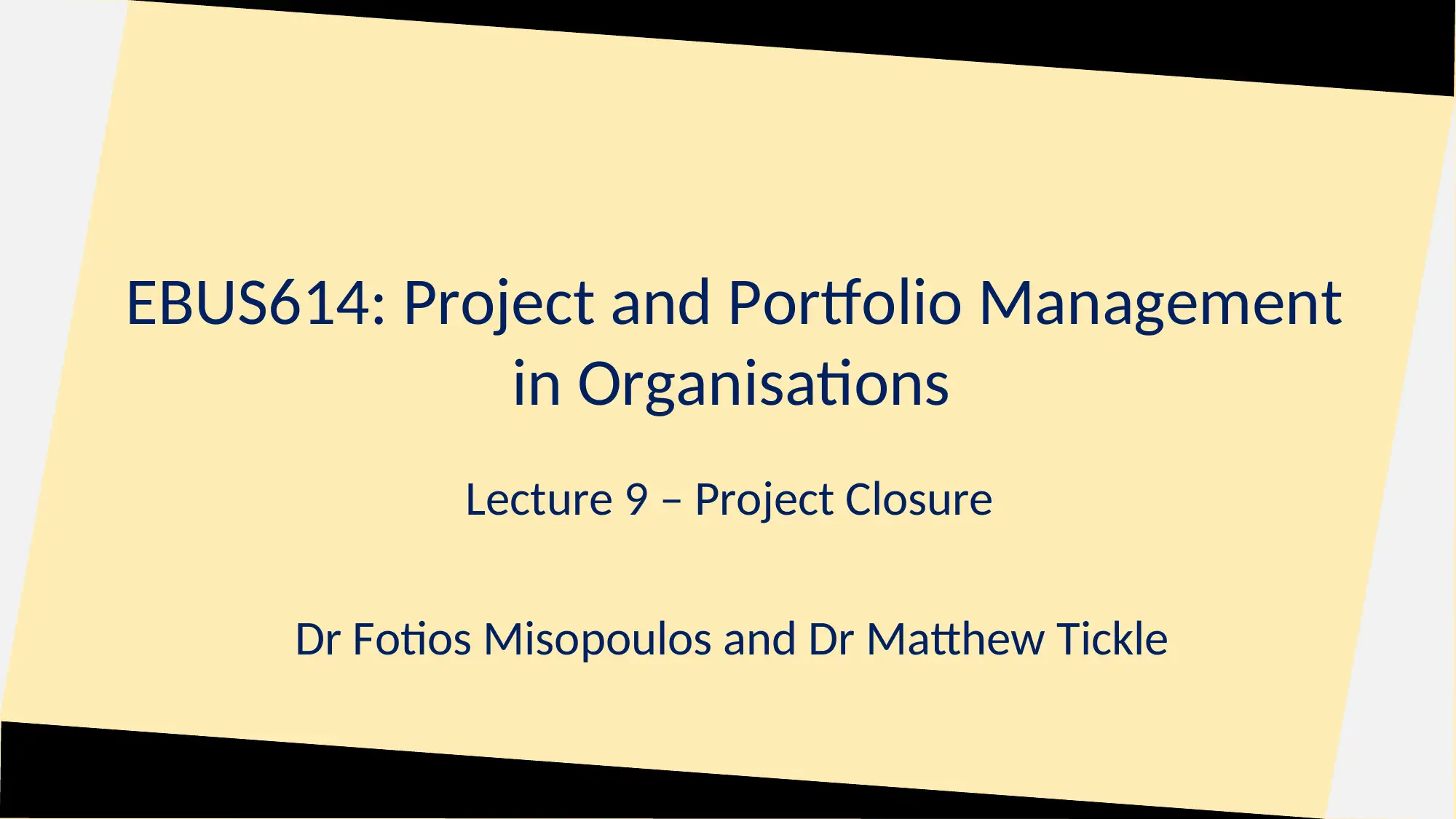

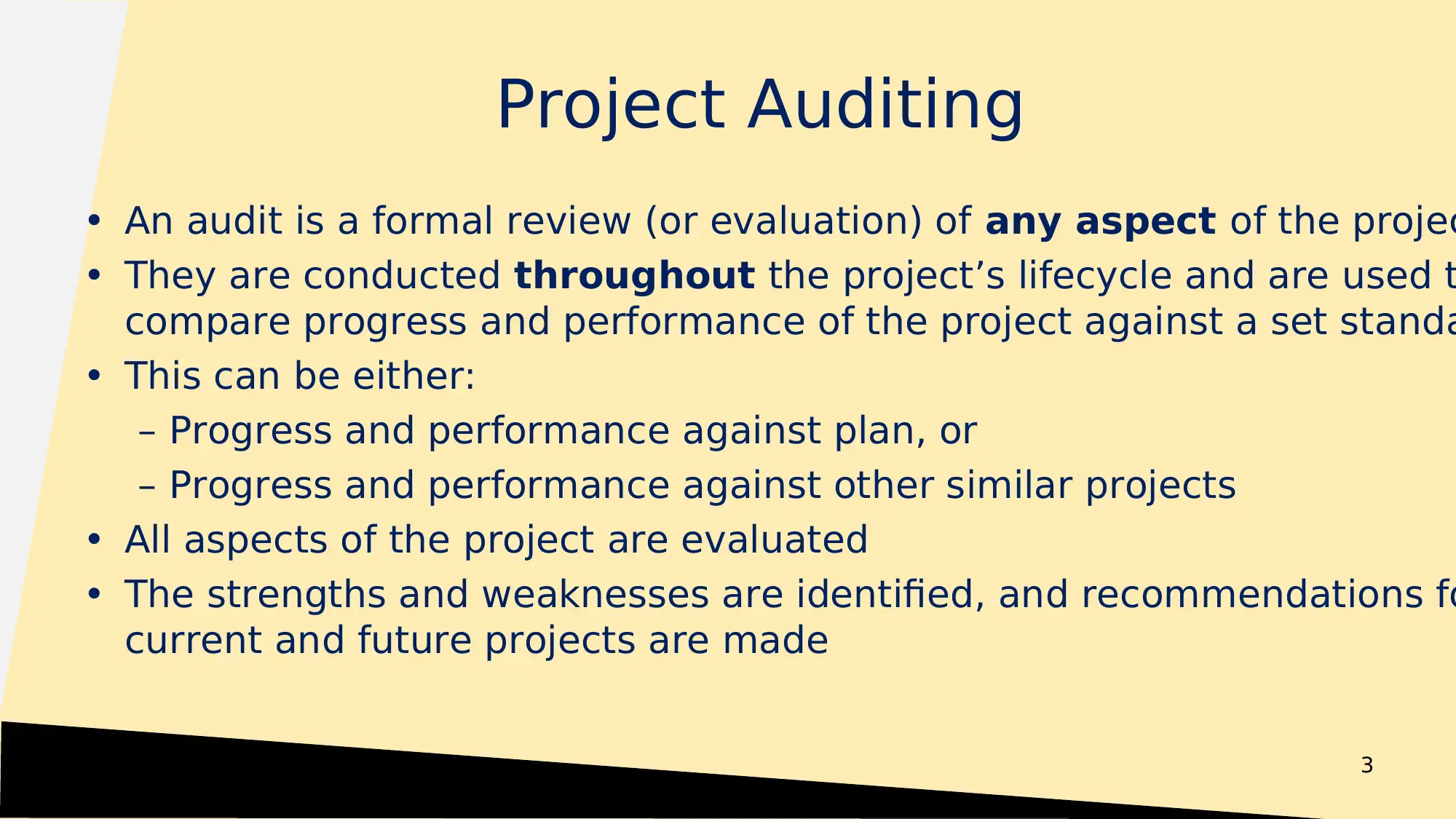

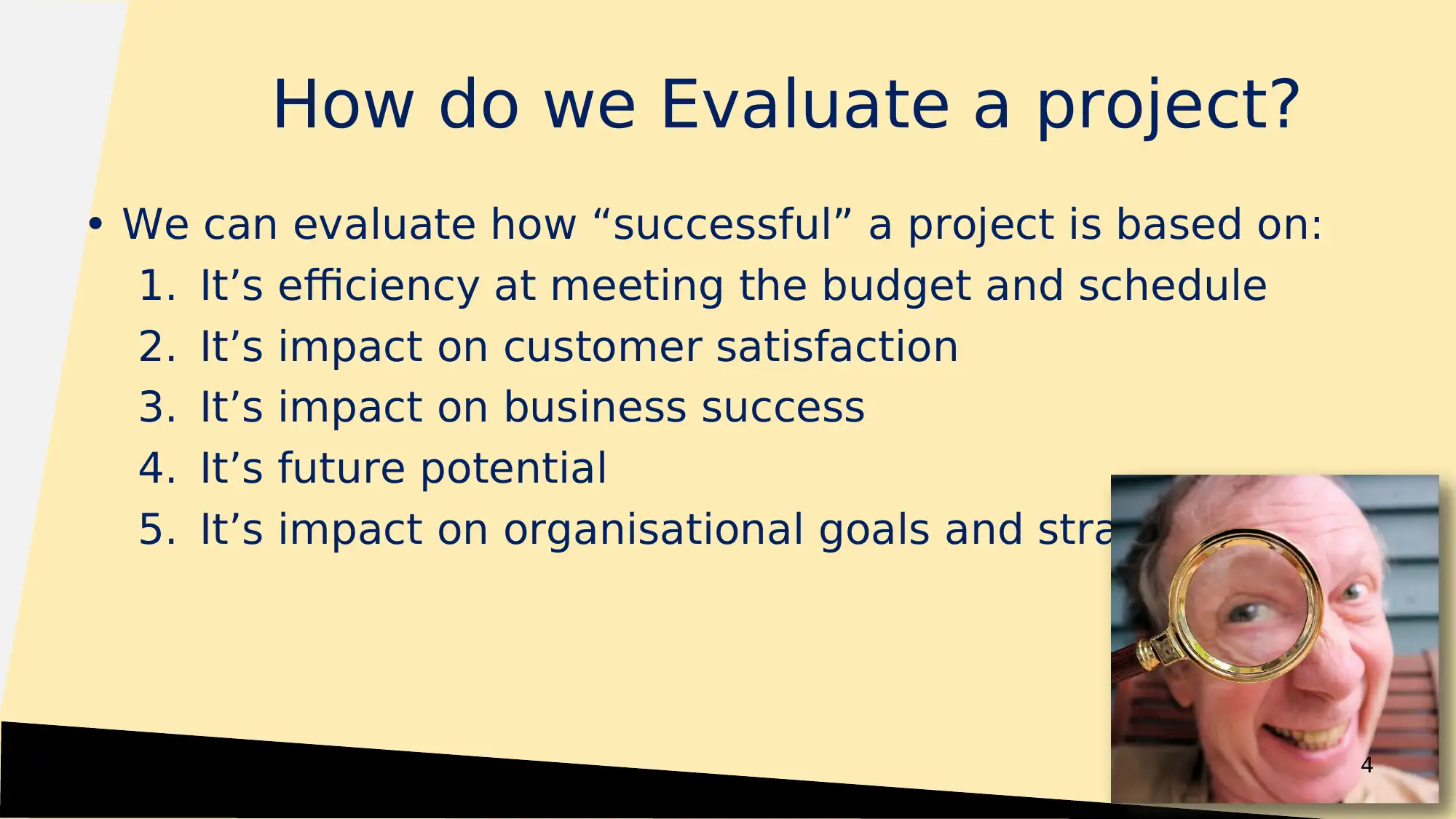
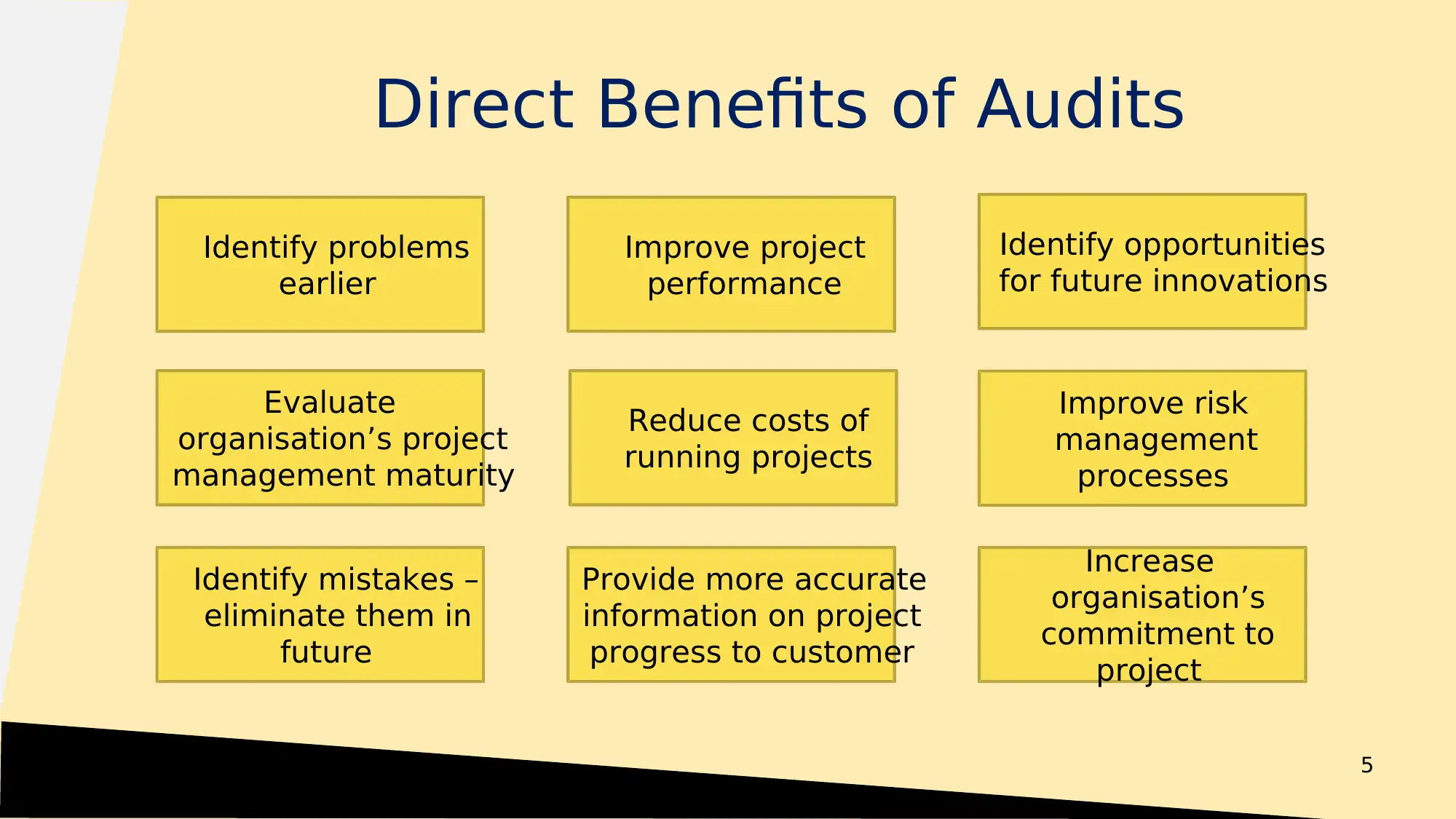
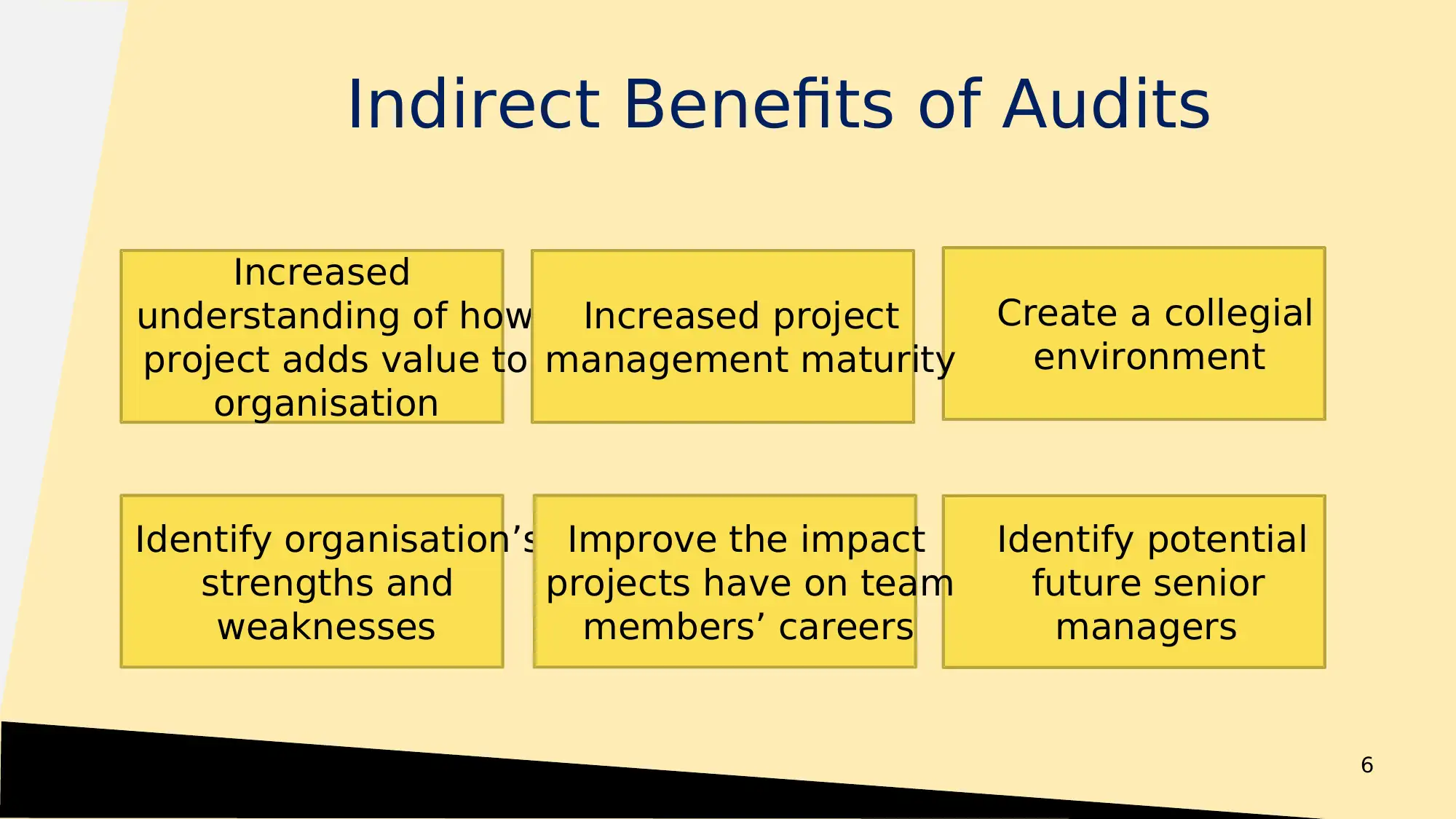
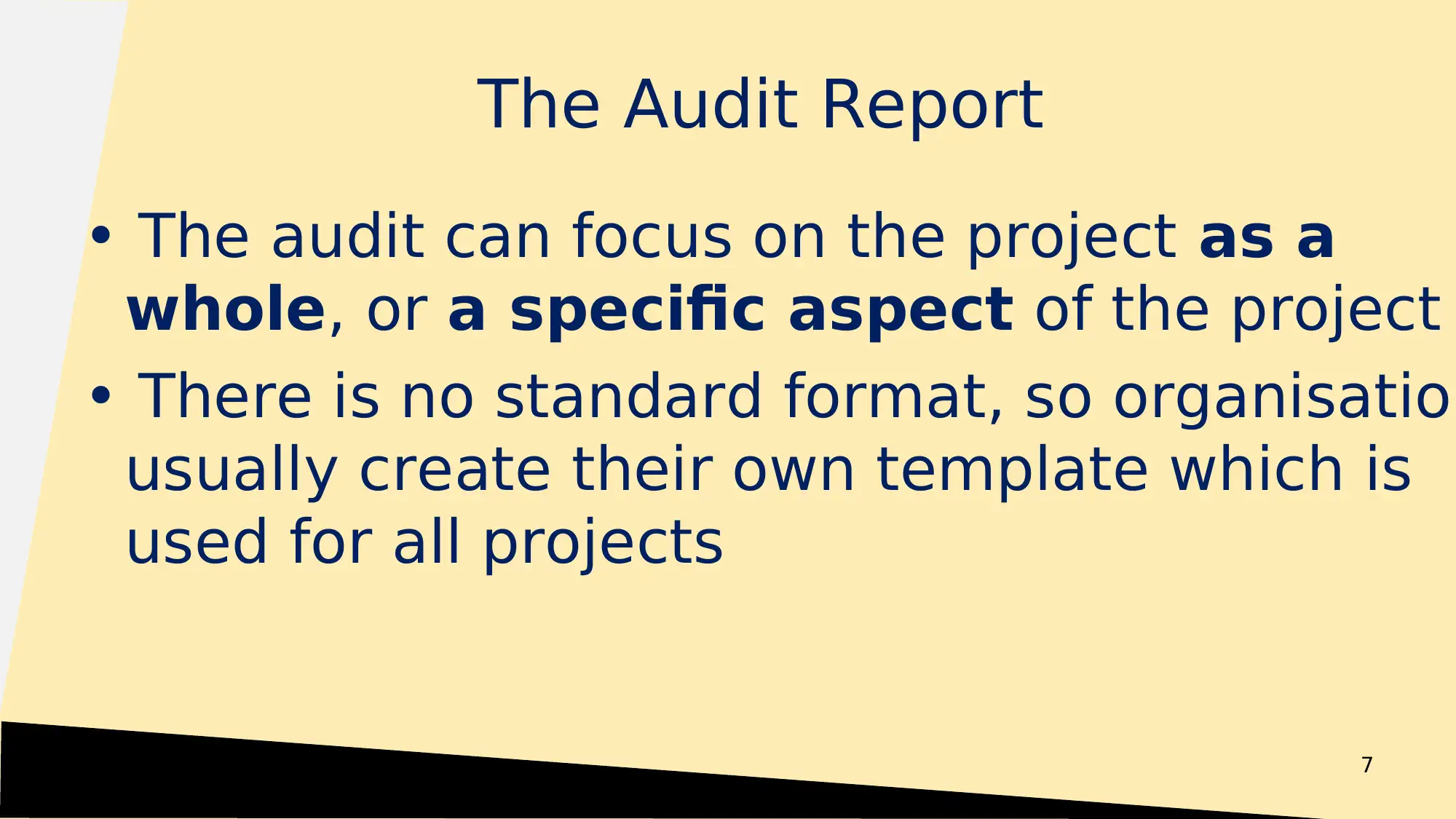
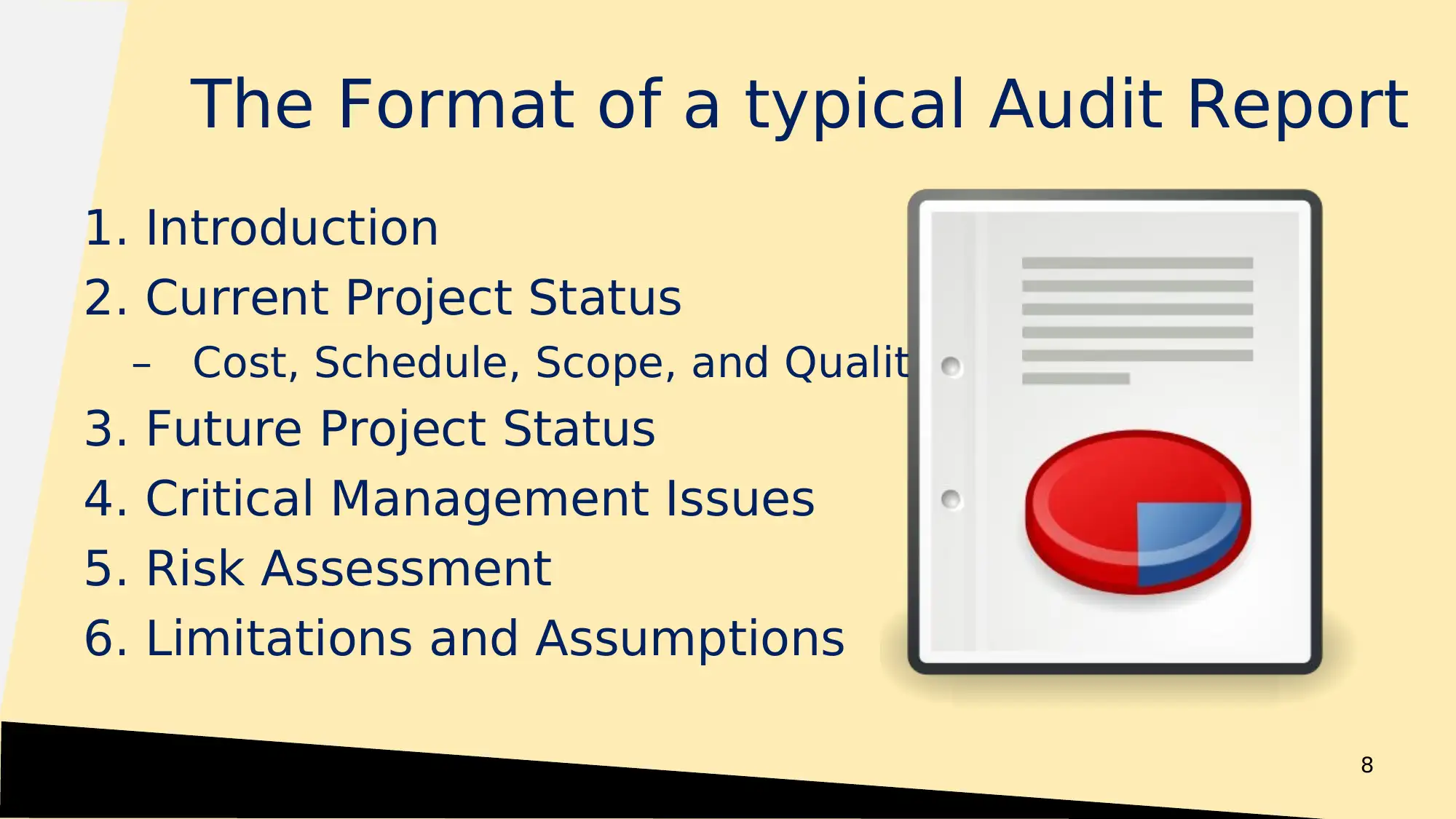
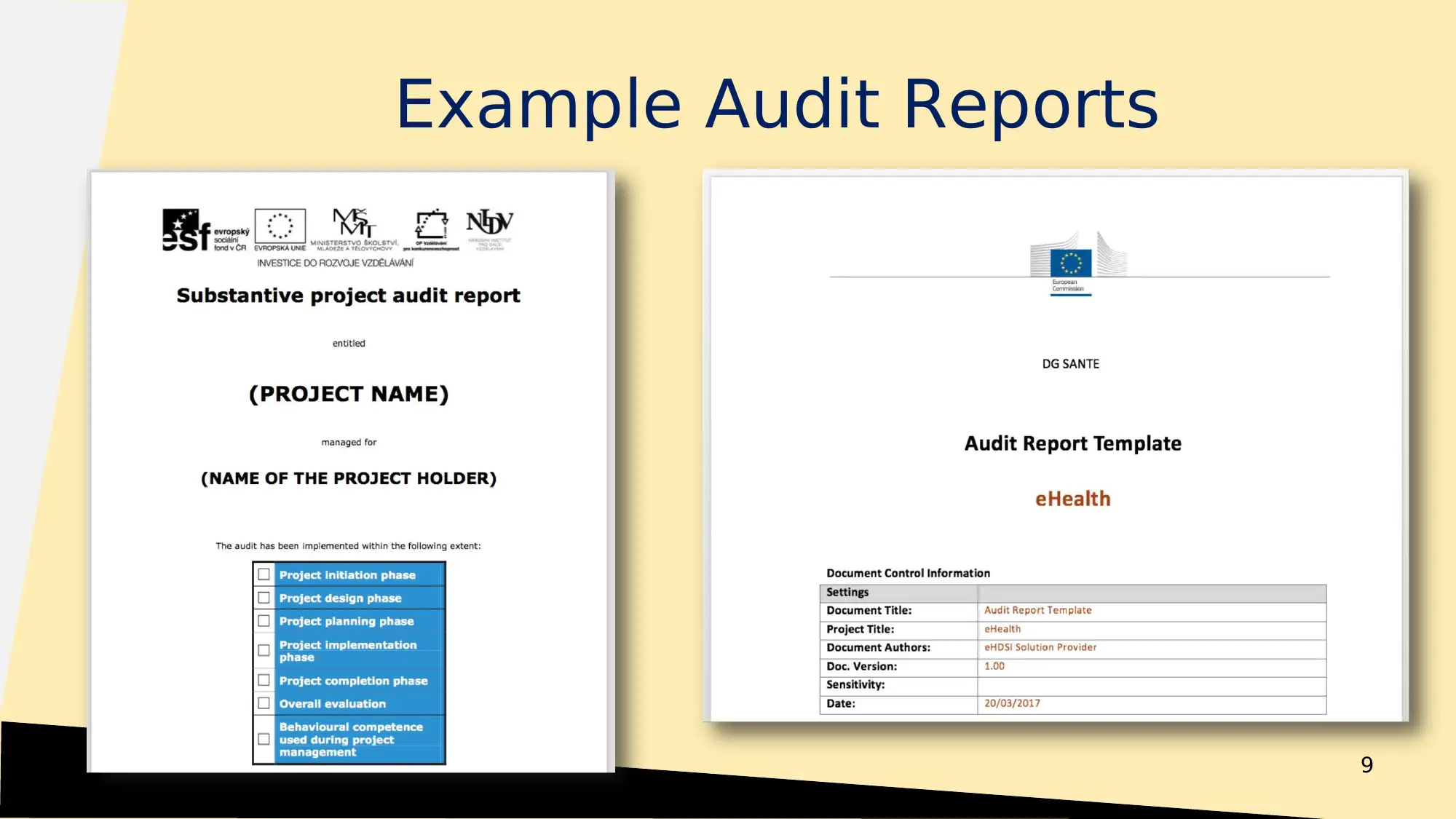
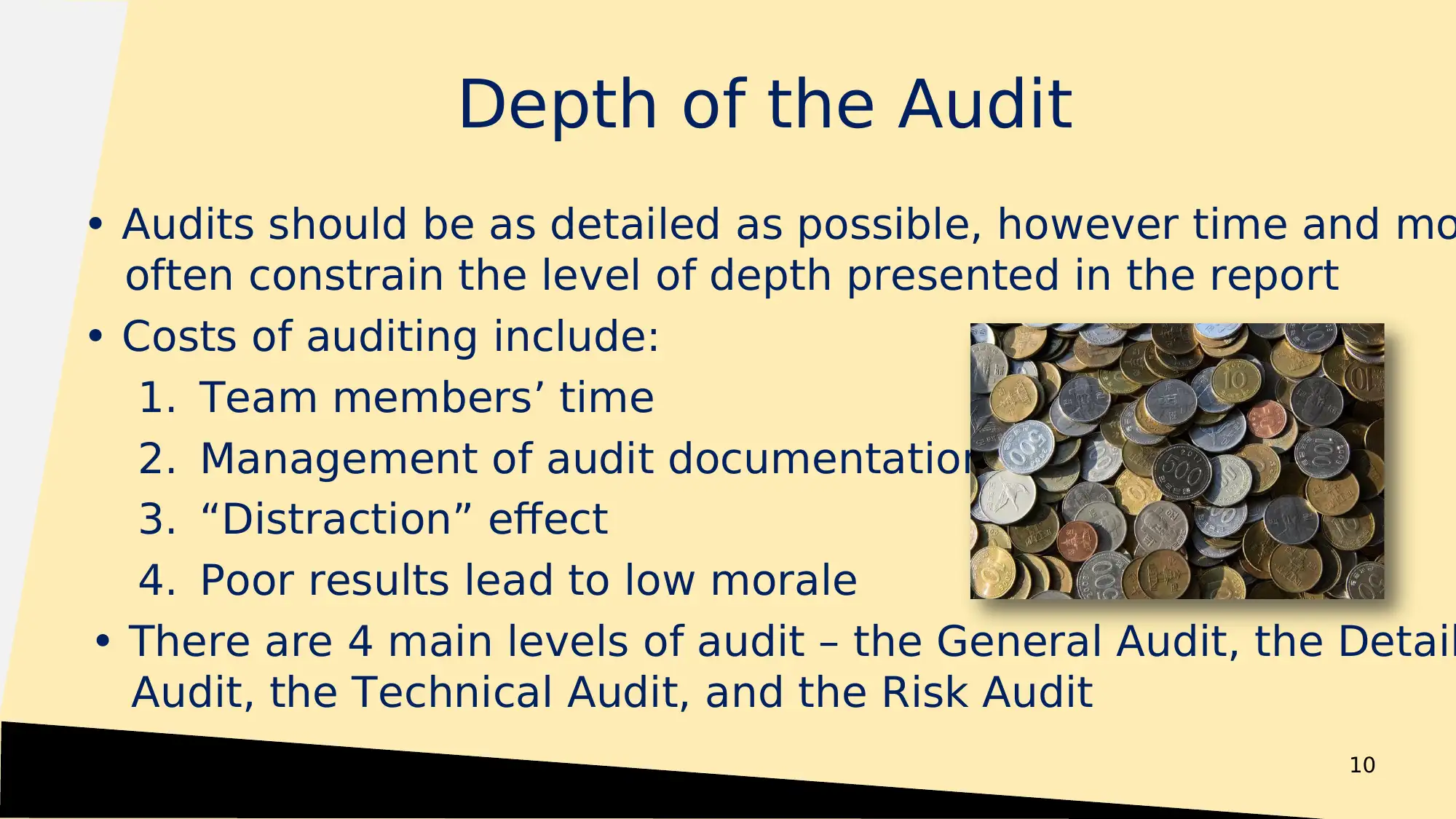
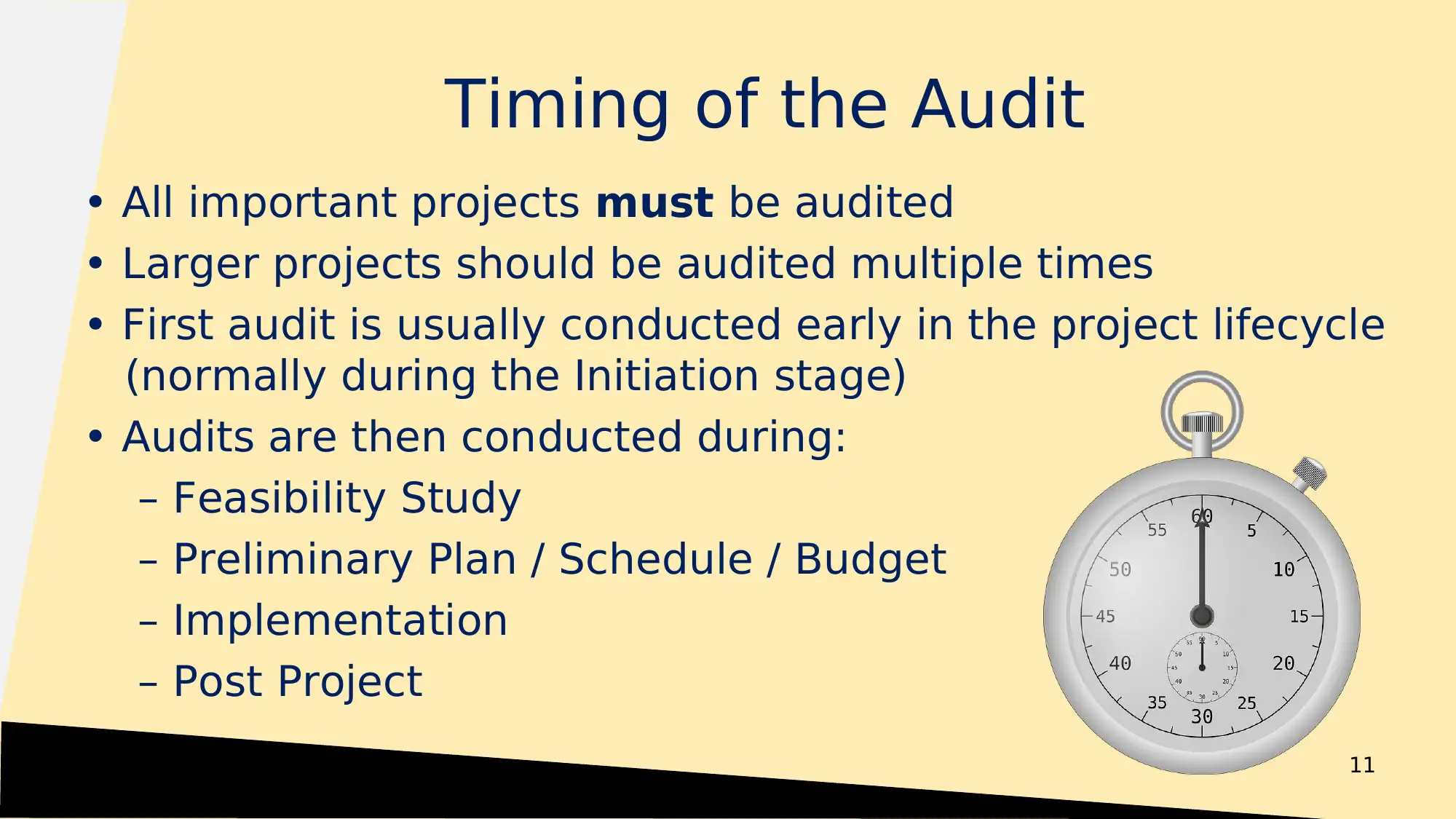
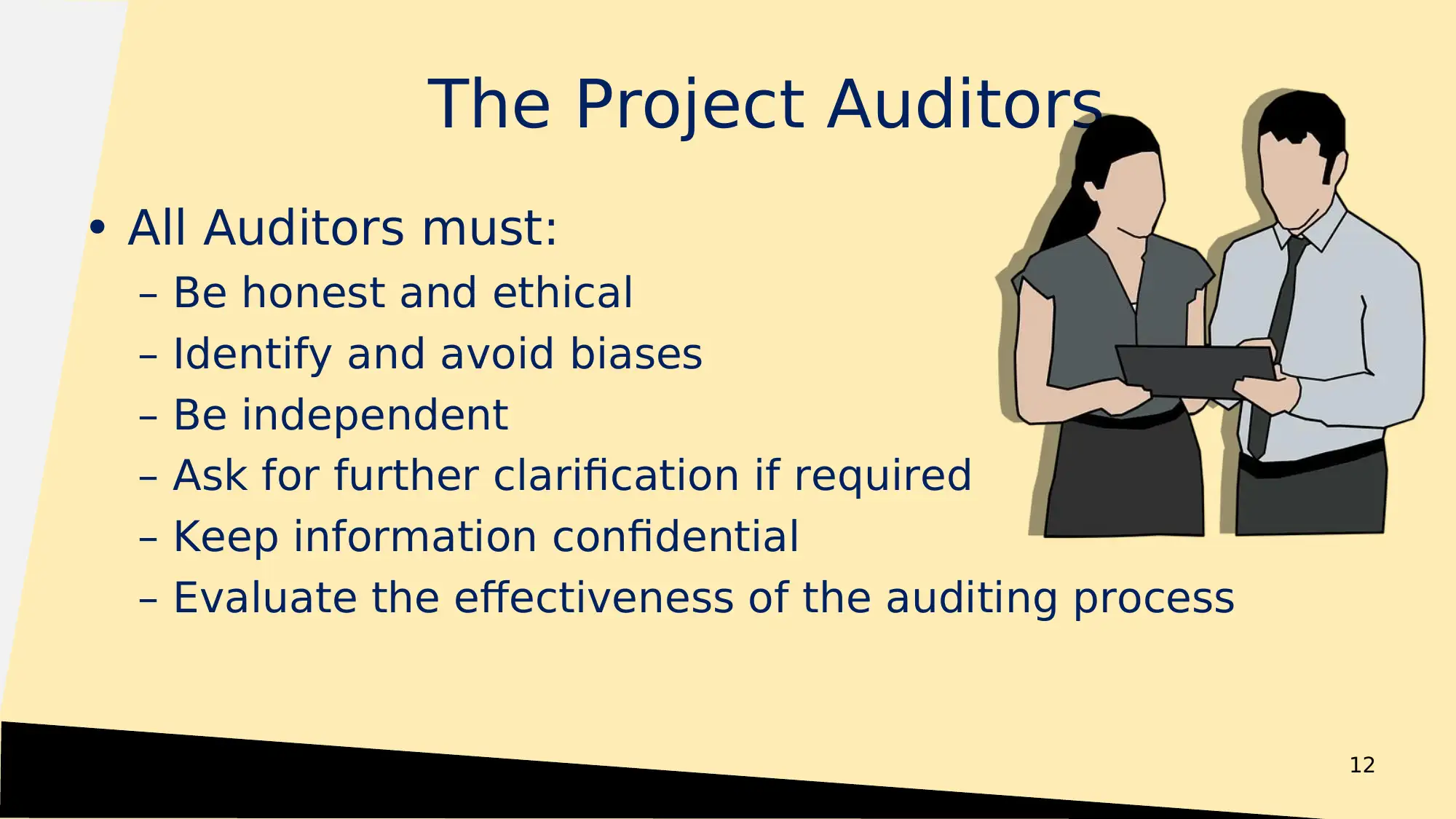





![[object Object]](/_next/static/media/star-bottom.7253800d.svg)